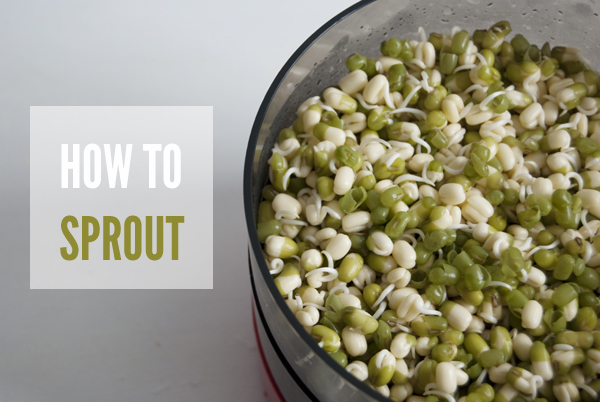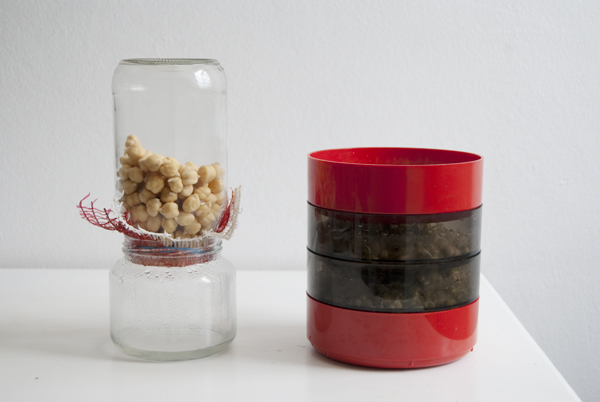I stumbled across Woolworth's Living Wall by pure chance today, and even though it was fun planting a strawberry plant for free and having my name stuck to it, it made me wonder what exactly was being said by the whole initiative? The site claims that for every plant you click on, Woolworths will donate one plant to a South African school with a permaculture garden to commemorate World Food Day (16 October).
Thursday, October 21, 2010
Is solving hunger really a click away?
Posted by Anri 1 comments
Wednesday, October 20, 2010
Be the gentle difference
Yes, we all know this saying: "Be the difference you want to see in the world." Thanks Gandhi. After a gruelling few months of threading a thesis together on how to grow sustainable food systems, I pretty much realised that it comes down to personal change. Nothing is as powerful and as sustainable as someone deciding that s/he is going to do things differently. There are a lot of ways in which efforts could be supported and these should not be disregarded, but that moment of enlightenment, if you would allow me this word, is the essential first step.
Another lesser known quote of Gandhi's inspired me to share one simple thing you could do differently with you: "In a gentle way, you can shake the world." Having been engaged with finding easy, affordable and fun ways of making my own diet more sustainable, I've discovered and grown to love the art of sprouting. Sprouts are wonderful. Jam-packed with vitamins, minerals, proteins and enzymes, they are one of the most complete and nutritious foods that exist. And did I mention easy, affordable and fun?
This is how you do it. You can sprout seeds (e.g. alfalfa, oats and sunflower seeds), grains (e.g. rye, what and rice) and legumes (e.g. lentils, soy beans and my favourite, chic peas). Seeds and grains need to be soaked for 6 hours, while legumes have to be soaked for up to 13 hours. Once you've drained the soaking water, use a recycled homemade sprouting kit to get those babies growing. I use various glass jars of all shapes and sizes, squares cut from the bags which generally hold oranges or onions and the elastic bands that hold the bunches of vegetables together that Michelle and I buy from markets or get in our CSA bags. You can soak the seeds, grains or legumes in the jars. Once you have drained the water, cover the mouth of the jar with a square and secure it with an elastic band. The bottle is then turned upside-down and placed in a larger jar standing upright. Place the jars in well-lit area, but not in direct sunlight. You should rinse the sprouts in the morning before your breakfast coffee/tea and in the evening before you brush your teeth. Michelle took a picture of all the ingredients necessary for my recycled sprouting kit.
You could also buy a simple sprouting kit if the bottling system is overwhelming. Another picture from Michelle's picture maker. The round tower of trays is Michelle's sprouter, which she bought from Divine Foods.
Depending on what you have in the jar, sprouts take two to four days before you can eat them. The little root should be at least twice as long as the fat round bit of the sprout. You can keep sprouts in the fridge for up to a week, where they will continue to grow and increase their vitamin content. Gentle little shakers.
Use them in stir-fries, salads, soups, on sandwiches or as a snack. Nom nom nom. Enjoy.
Posted by Anri 2 comments
Labels: enzymes, glass jars, grains, legumes, minerals, protein, seeds, Sprouting, vitamins
Tuesday, October 19, 2010
Spring in five minutes

My idea of what constitutes ‘easy’, food-wise, is a bit skewed. Food is one of my hobbies, so I don’t mind the laborious process of rolling out tortillas, say, or getting my hands (and hair, and face, and elbows) sticky with cake batter. Some people will always hate spending time in the kitchen, but as a from-scratch evangelist, I prefer to believe that most of us just haven’t been taught to enjoy cooking, or don’t realise how simple and satisfying it can be.
We’ll get to you-all in the second group later. But this, I think, is the perfect regional meal for the hate-to-cook crowd.
Poached eggs are great; fussing with strainers and vinegar and those tiny, hot whirlpools is not. Go for a soft-boiled egg instead: this light tan beauty came from our friend’s flock, so big-bottomed it barely fit inside my eggcup. Asparagus dabbed with butter—have I mentioned how hard I’ve fallen for this butter? Once you’ve gotten used to its fine pale shade, the others look garishly coloured—takes the place of toast soldiers for dipping.
That’s lunch (or dinner, or…) in five minutes.
A reasonably reliable method of achieving soft-yolked goodness:
In a small pot, completely cover the egg with cold water. When it comes to a roiling boil—the bubbles should be big and audibly knocking the egg about—start a timer for 2:15 (that’s minutes and seconds, for a small egg) and 2:30 (for a large one). Remove from the water and slice the top off after thirty seconds or so. Eat immediately.
Our pot has a little steamer that sits on top, so I just place the asparagus overtop the boiling water for 1:30 or so. If you don’t have one, you could always boil them in the same water or steam them in the microwave for a short time.

Sunday, October 17, 2010
It's pretty easy eating green

Organic green vegetables from yesterday's Fresh Goods Market
Anri and I have been stuck in schoolwork for months now, but we still love the Regional Buffet. It turns out that if you buy most of your fresh produce from a market and avoid processed foods, eating 70 - 80 per cent regional in Stellenbosch is pretty easy. The African Potato stand at the Fresh Goods Market offers beautiful, reasonably-priced organic fruit and vegetables from regional producers, and for those of you who can't make it on Saturdays, they also offer weekly box deliveries to the Strand, Gordons Bay, Somerset West and Stellenbosch areas. Sign up!
Posted by Michelle 0 comments
Labels: Box Schemes, Markets





